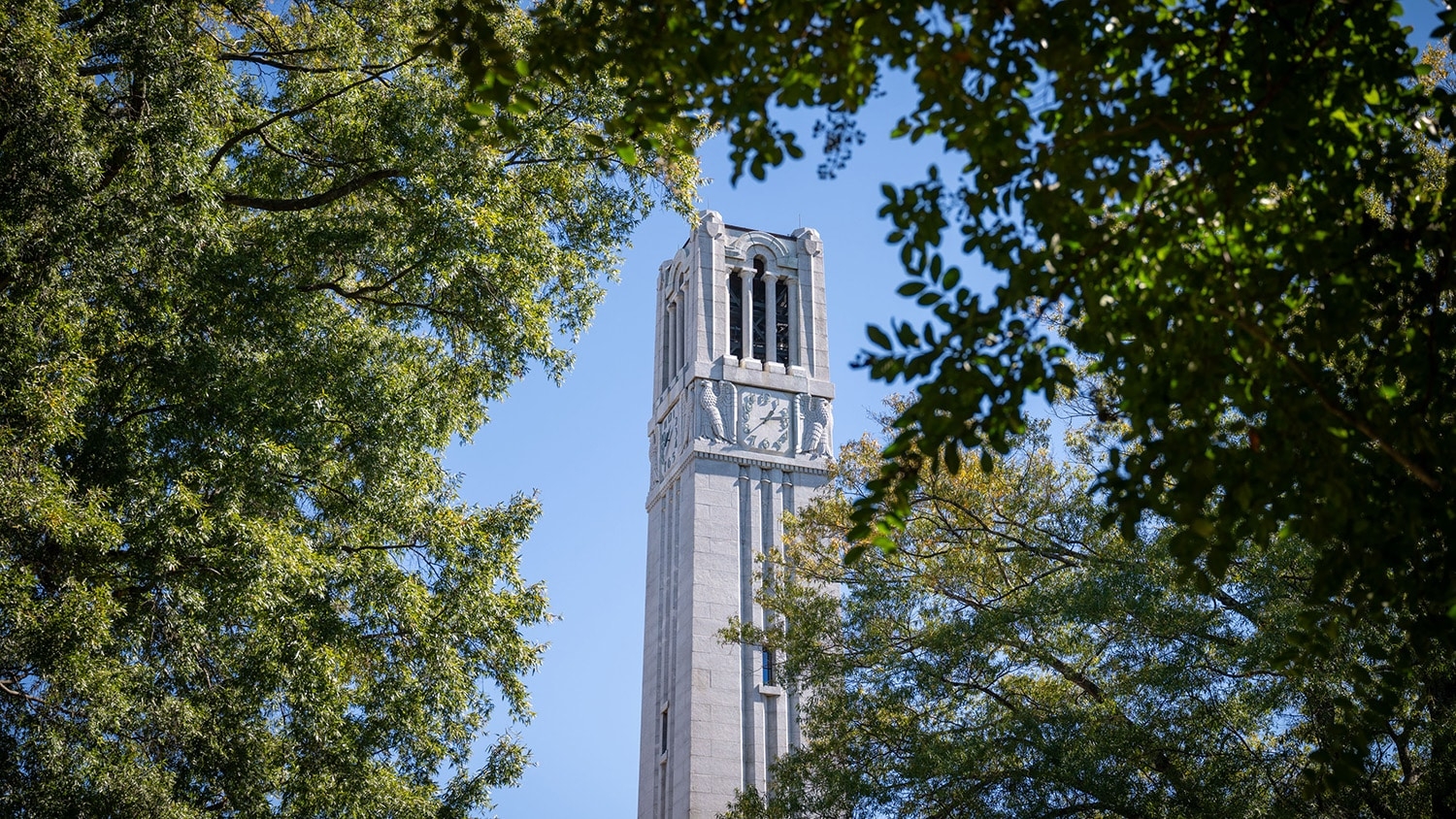From the Dean
Find out what it means to live a life of design by exploring our website.
Your visit to this website is a first step in crafting your education and career. That education and career will have a big impact on your life. It will shape how you think, who you meet, how you spend your time, where you live. It will be deeply rewarding and equally challenging. It will require the best you have to offer and enrich your life and the lives of those you serve.
The college is here to help you begin your journey in the design life. Our highly ranked programs not only teach professional excellence, but also help you learn important life skills, such as teamwork, collaboration, creative inquiry, crafting and making, and research. In short, you will learn to balance intuition with evidence as you design solutions to the confounding challenges we face.
We offer degrees in Architecture, Graphic & Experience Design, Industrial Design, Media Arts, Design and Technology, Landscape Architecture and Environmental Planning, and Design Studies and have focused applications in the built environment, product design, textile and fiber design, user experience, animation and multimedia, as well as creative practice through the exploration of mediums, composition, and storytelling. All ideas start with design thinking, which is a process that takes a human-centered approach to problem-solving.
No matter what degree program you choose, our faculty and staff are here to support you and provide a safe place for you to experiment, learn from mistakes, and begin your life in design.
So once again, welcome and here’s to great design!
Mark Elison Hoversten, PhD, FASLA, FCELA, AICP, Assoc. AIA
Strategic Plan
